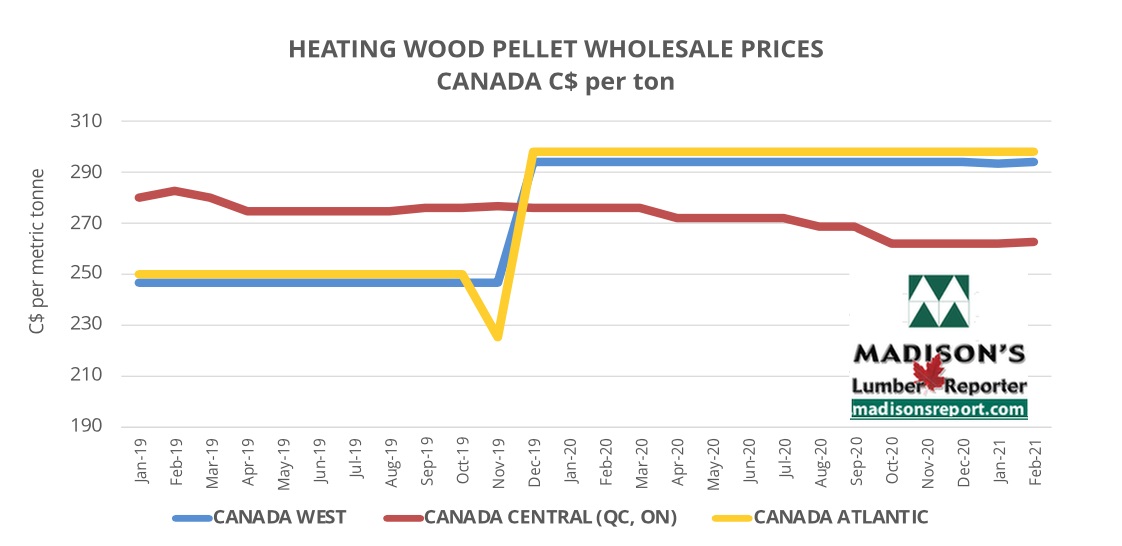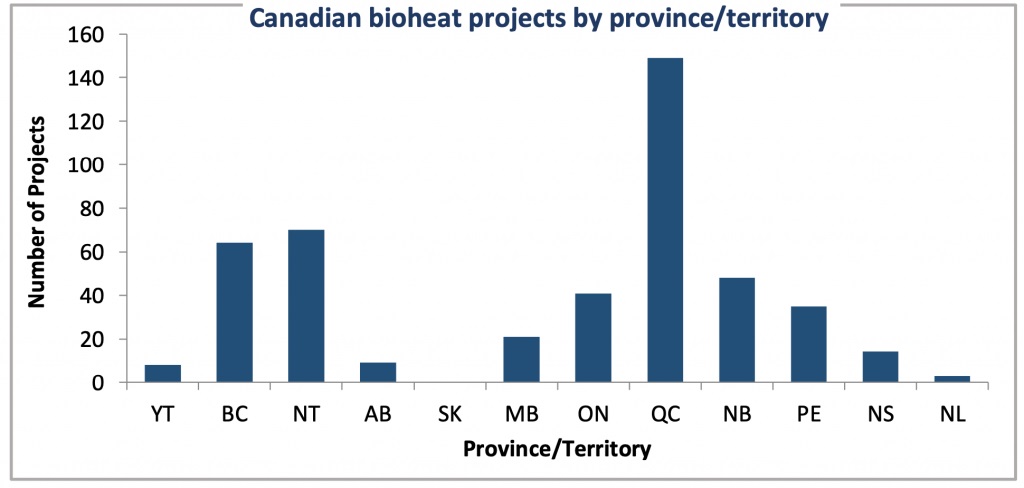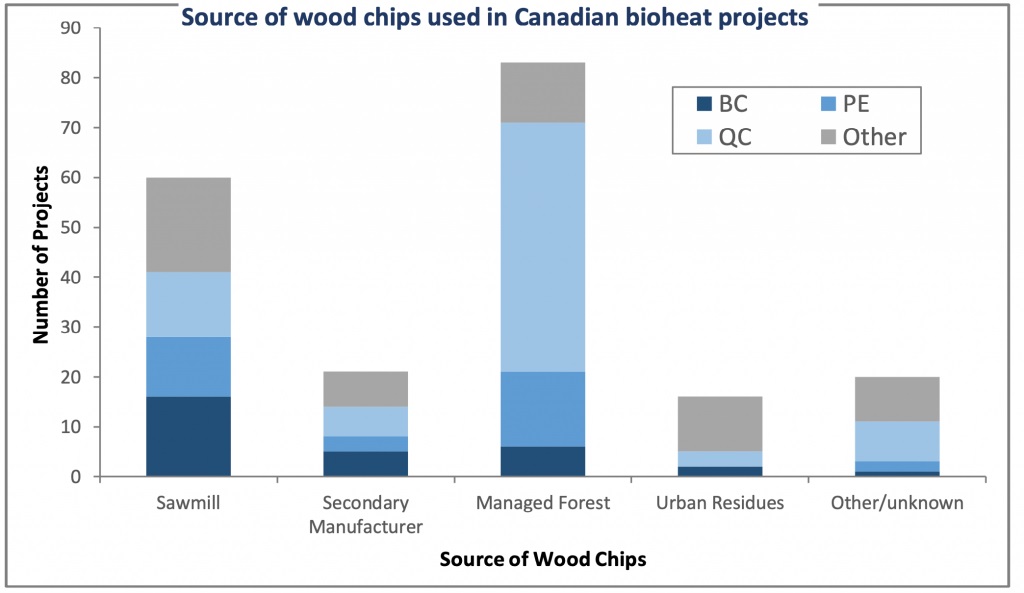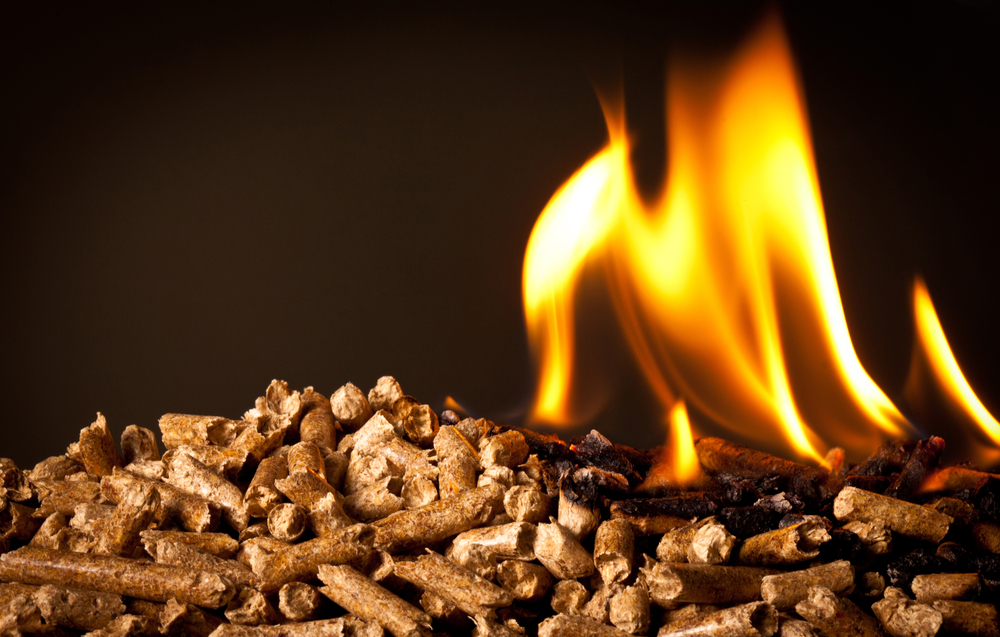Natural Resources Canada recently updated report, exploring the growth of bioheat projects in Canada by jurisdiction, sector, and biofuel type.
The 2020 survey identified just over 460 bioheat projects, compared to approximately 350 in 2016. Key findings of the report indicate that regulatory regime and government procurement policies have a significant impact on streamlined implementation of new bioheat projects.
Additionally, municipal institutions such as schools, hospitals, and community buildings continue to be the strongest market for bioheat in Canada, according to Madison’s Lumber Reporter.
As well, European-manufactured boilers are increasingly used for new projects.

Wood pellets and wood chips are the dominant fuels, with preference regionally specific. Due to strong support from provincial government subsidies and policies, Quebec, New Brunswick, and Prince Edward Island have all shown considerable growth over the past two years. For example, more than 30% of total projects added in Quebec, most have received provincial funding through the Transition Énergétique Québec – Residual Forest Biomass program. In contrast, Saskatchewan and Nunavut have no bioheat installations.

Image: Natural Resources Canada
Smaller facilities with 1 MW or less of thermal capacity account for over 75% of total projects in the Bioheat Database due to market demand, diversity of boiler options, and less cumbersome permitting processes.
Larger facilities are typically associated with forestry or agricultural operations that can provide consistent access to high volumes of biomass fuels in provinces such as BC, Ontario, and Quebec.

Image: Natural Resources Canada
